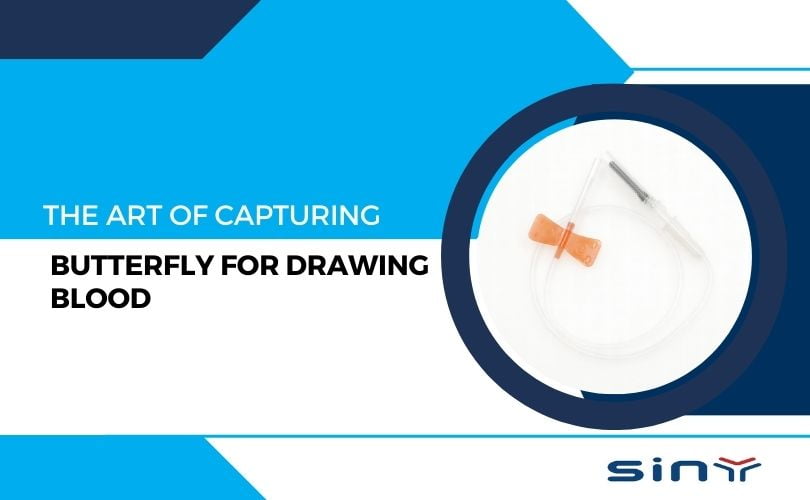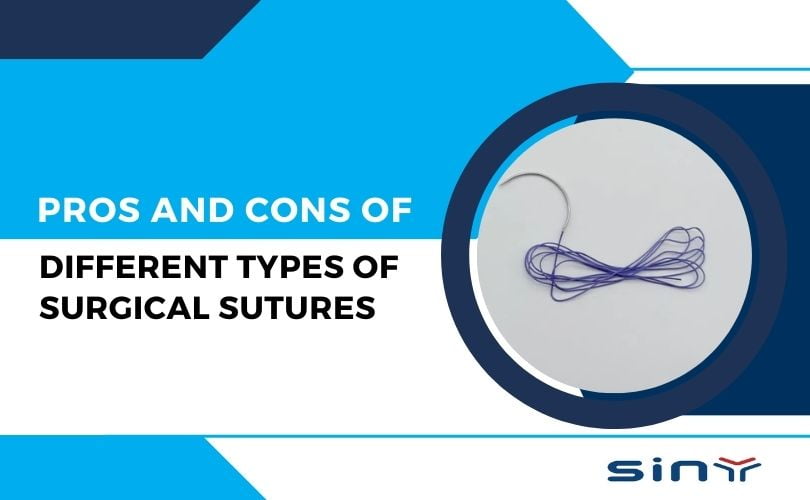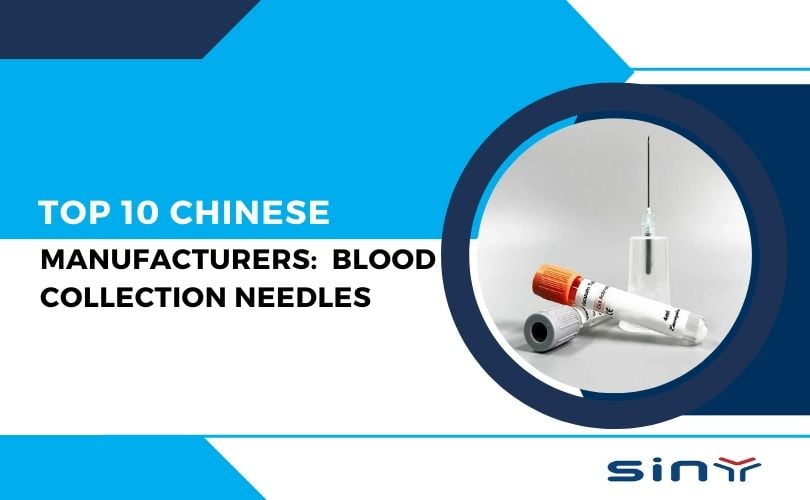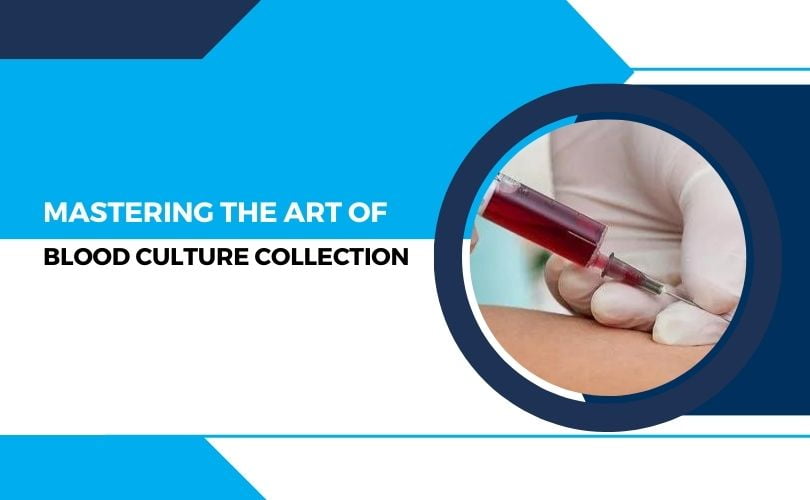The butterfly needle has a curved, flexible plastic tube that is inserted under the skin and connects to a tube or bag to collect the blood. The butterfly needle is also thinner than a traditional needle, making it easier to insert and less likely to cause pain or bleeding.
A butterfly needle is a shorter needle with a thinner gauge, available in sizes 18 to 23. The higher the gauge number, the thinner the diameter, making butterfly needles one of the 18 thinnest needles for phlebotomists. The most common gauge used for blood draws is 23G.
Table of Contents
Introduction
This unique technique takes inspiration from butterflies’ delicate and captivating nature, with their intricate patterns and vibrant colors. Just as a butterfly delicately lands on a flower, skilled medical professionals use butterfly needles to gently access veins, resulting in a less painful and more graceful patient experience.
Combining the precision of medical science and art aesthetics, the beauty of butterfly-inspired blood drawings goes far beyond the surface. Focusing on patient comfort, this technique revolutionizes how we perceive blood drawing, transforming it into a captivating and empowering process. Rediscover the artistry hidden within the world of medical diagnostics and witness the true beauty that unfolds when science and creativity intertwine.
What Is A Butterfly Needle?
Butterfly needles are sometimes known as scalp vein sets or winged infusion needles. This blood collection tool comprises a thin hypodermic needle with a plastic sheath, flexible wings, transparent tubing, and a connector. The connector is usually connected to another medical device, such as a syringe, tube holder, or vacuum tube, to draw blood samples. Additionally, some butterfly needles contain a Luer lock to keep them firmly in place.
Butterfly needle sizes are commonly expressed in gauges. Based on the procedure to be carried out, 18 to 27 needle gauges are available for phlebotomists to select from. Since they can draw more blood quickly, 21- and 23-gauge needles are the most widely utilized diameters for blood collection.Technical Parameters: Butterfly Needle
Technical Parameters Size: Butterfly Needle
The butterfly needle ranges in size from 18G, 19G, 20G, 21G, 22G, and 23G, butterfly needle with holder, a retractable butterfly needle, and a thinner gauge. A higher gauge number indicates a thinner diameter, making butterfly needles one of the thinnest needles used by sinymedical.
Preparing for a Butterfly Draw
Assemble the equipment required for a sterile, safe venous access prior to admitting the patient. This comprises:
- Centrifuge
- Tourniquet
- Sharps container
- Alcohol pads and gauze
- Blood collection tubes with additives
- Labels, tubes, and order requisition forms
- Sterile gloves, goggles, face shields, and other PPE
- Extra butterfly needle assemblies (to anticipate difficult draws)
- Butterfly needle assembly with tubing
Before drawing blood, patients should adhere to the CDC and WHO’s proper hand hygiene requirements, which include washing their hands or using an alcohol-based sanitizer. PPE such as lab coats, goggles, and gloves should be worn by healthcare personnel in order to protect them against bloodborne diseases.
Encourage the patient to consume fluids prior to venipuncture in order to maximize venous filling and hydration. Inquire about any medical issues they may have that could affect blood collection, such as clotting disorders or anemia. Based on the vein’s fragility, size, and visibility, choose the right one.
How is a butterfly needle used?
A medical professional will use a butterfly needle to draw your blood or to try and access a vein to give intravenous (IV) medications.
Alternatively, they may use an intravenous catheter. It has a retractable needle that’s inside a protective sheath. The needle is inserted into the vein, and then a button is pushed to retract the needle and leave the sheath or catheter.
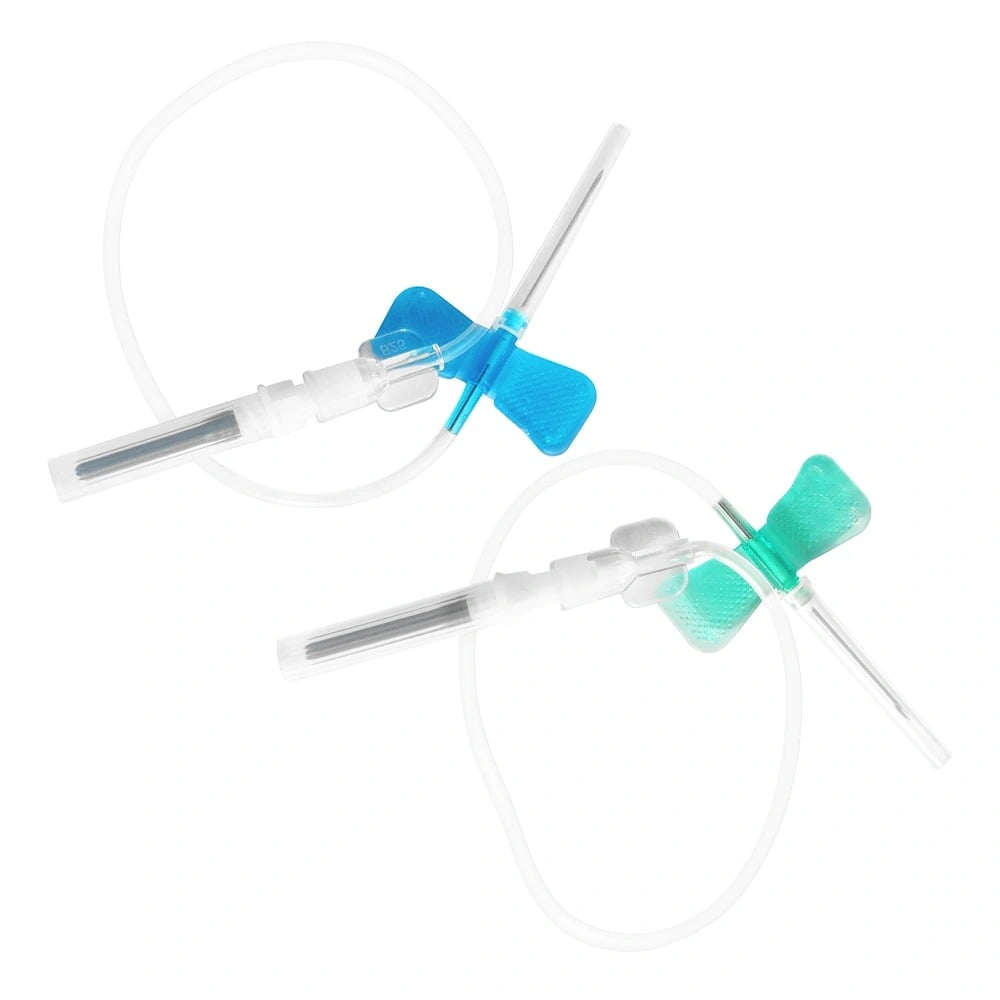
This is different from a butterfly needle, where the needle gets left in the vein instead of a plastic sheath. However, the butterfly needle is usually smaller in length than an IV catheter.
Venipuncture
A venipuncture is when a phlebotomist enters a vein to draw blood. A phlebotomist is a medical professional who specializes in drawing blood.
IV hydration
A nurse or doctor may use a butterfly needle to access a vein if you need IV fluids. IV hydration may treat dehydration if you cannot eat or drink due to illness or pending surgery.
Medication
A butterfly needle allows a doctor to administer IV medication. These drugs can be “pushed” through a syringe. Getting them through a vein is helpful when you can’t take medicine by mouth or need treatment to work faster.
Butterfly Needle Advantages and Disadvantages
ADVANTAGES
The capacity of the butterfly needle to assist populations with shallow, delicate, or tiny veins is by far its most notable benefit. Patients frequently feel less discomfort from a butterfly needle than a regular hand because of its thinner needle. When appropriately fastened, its size reduces the possibility of nerve damage and enables a more steady infusion technique. Because of its shorter length, which allows sinymedical to keep it closer to the stem and have more control, it is more stable and accurate.
DISADVANTAGES
The butterfly needle has drawbacks, even if it has numerous uses. For instance, collecting blood requires much more time when using a hand this small. Furthermore, Sinymedical frequently struggles to get a significant amount of blood. The smaller size of the needle also increases the risk of sinymedical or the rupture of red blood cells.
Benefits of using butterfly-inspired blood drawings in healthcare
The use of butterfly-inspired blood drawings in healthcare offers a range of benefits for both patients and medical professionals. First and foremost, this technique prioritizes patient comfort by utilizing more minor, more delicate butterfly needles, resulting in less pain and anxiety during blood drawing. Patients often feel more at ease and empowered when undergoing butterfly-inspired blood drawings.
Additionally, the visual appeal of butterfly-inspired blood drawings can positively impact patient well-being and the overall healthcare experience. The beauty and artistry of these drawings create a sense of engagement and involvement for patients, allowing them to take an active role in their healthcare journey. This shift in perspective can help alleviate fear and anxiety surrounding medical procedures, fostering a more positive and patient-centered approach to healthcare.
FAQs About Butterfly Needles for Blood Draw
What is a butterfly needle used to take out blood?
A butterfly needle is a thin, flexible needle attached to a tubing system. It is commonly used for drawing blood, especially when a more delicate approach is required.
Is a butterfly needle less painful than a regular needle for blood draws?
Yes, butterfly needles are often considered less painful than standard needles. Their smaller size and design allow for a more gentle and precise blood draw, reducing discomfort for the patient.
What is the best butterfly needle for a blood draw?
The choice of the best butterfly needle depends on various factors, including the patient’s vein size and the purpose of the blood draw. Popular brands like BD, Terumo, and Smiths Medical offer reliable butterfly needles. Consult a healthcare professional to determine the most suitable option for your needs.
Can I request a butterfly needle for a blood draw?
Patients can request a butterfly needle for blood draws in many healthcare settings. If you prefer this type of needle due to its reduced discomfort, it’s advisable to communicate your choice with the healthcare provider performing the blood draw. They will assess the situation and accommodate your request whenever possible.


